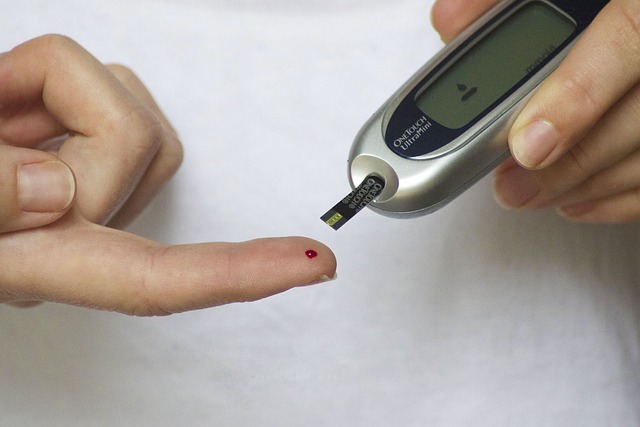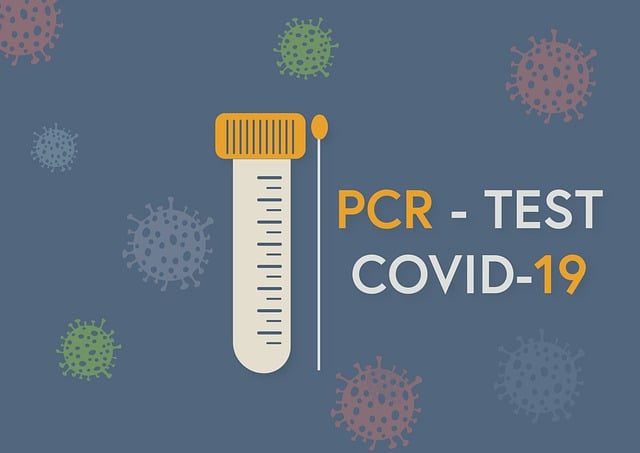Lead paint, prevalent in older San Antonio homes, poses significant health risks to children, leading to developmental issues and learning disabilities. While Texas has regulations, many pre-1978 homes still contain toxic lead. Protecting children requires regular inspections, testing for lead dust residue using XRF analyzers or vacuum collection systems, proactive removal of lead paint, proper maintenance like wet mopping, and educating families about potential hazards in older homes. San Antonio aims to create safer living environments by implementing these strategies.
In San Antonio, understanding the risks posed by lead paint is paramount for protecting children’s health. Lead testing and dust residue detection are crucial steps in ensuring safe living environments. This article delves into the critical aspects of identifying and mitigating lead hazards, with a focus on practical methods for detecting lead dust residue. By exploring effective prevention and mitigation strategies, we aim to safeguard our young ones from the dangers of lead paint in San Antonio homes.
- Understanding Lead Paint Risks in San Antonio Homes
- Methods for Detecting Lead Dust Residue
- Safeguarding Children: Prevention and Mitigation Strategies
Understanding Lead Paint Risks in San Antonio Homes

Lead paint, a common hazard in older San Antonio homes, poses significant risks to children’s health. While Texas has implemented strict regulations to minimize lead-based paint risks, many homes built before 1978, when lead paint was banned, still contain these toxic substances. Protecting children from lead paint in San Antonio homes is paramount due to the severe consequences of lead poisoning, which can cause developmental delays, learning disabilities, and even brain damage.
Regular inspections and testing are crucial for identifying and mitigating lead paint risks. Homeowners should be proactive in ensuring their living spaces are safe for children. Testing dust residue, especially in areas where lead paint might be chipping or peeling, is an effective way to protect children from lead paint in San Antonio homes. By taking these precautions, residents can create healthier environments for their families and contribute to the overall well-being of the community.
Methods for Detecting Lead Dust Residue

Detecting lead dust residue is a critical step in ensuring the safety of children living in San Antonio homes with older paint. Traditional methods involve using specialized equipment like X-ray fluorescence (XRF) analyzers, which quickly and accurately identify hazardous materials, including lead. These portable devices allow for efficient on-site testing, making it easier to assess and mitigate risks within residential spaces.
Another effective approach is to employ vacuum-based collection systems that trap lead dust particles. This method is particularly useful in situations where paint chips or flaking are present, as the vacuum can capture these fine residues. Once collected, samples are sent to laboratories for more comprehensive analysis. By combining these techniques, professionals can thoroughly assess lead paint hazards and develop strategies to protect children from its harmful effects in San Antonio homes.
Safeguarding Children: Prevention and Mitigation Strategies

San Antonio residents are increasingly conscious of the dangers posed by lead paint, especially in older homes. Protecting children from lead paint in San Antonio homes is of paramount importance due to the severe health impacts it can have on young, developing bodies. Lead dust residue, often hidden and overlooked, can pose a significant risk when inhaled or ingested by children. To mitigate these risks, proactive measures are essential.
Regular inspections by trained professionals and timely removal of any lead-based paint or debris are crucial strategies. Proper maintenance practices, such as regular cleaning with wet mops to minimize dust generation, can also help. Furthermore, educating families about the potential hazards and establishing clear safety protocols for homes built before 1978, when lead-based paint was commonly used, is vital. By implementing these prevention and mitigation strategies, San Antonio can ensure a safer living environment for its children.
In addressing the critical issue of lead paint in San Antonio homes, understanding the risks and implementing effective detection methods are essential steps towards protecting children. By utilizing advanced techniques for identifying lead dust residue, homeowners and professionals can take proactive measures to mitigate potential hazards. Through a combination of awareness, prevention, and strategic mitigation, it is possible to create safer living environments, ensuring that children grow up in a healthier, less toxic San Antonio community.
